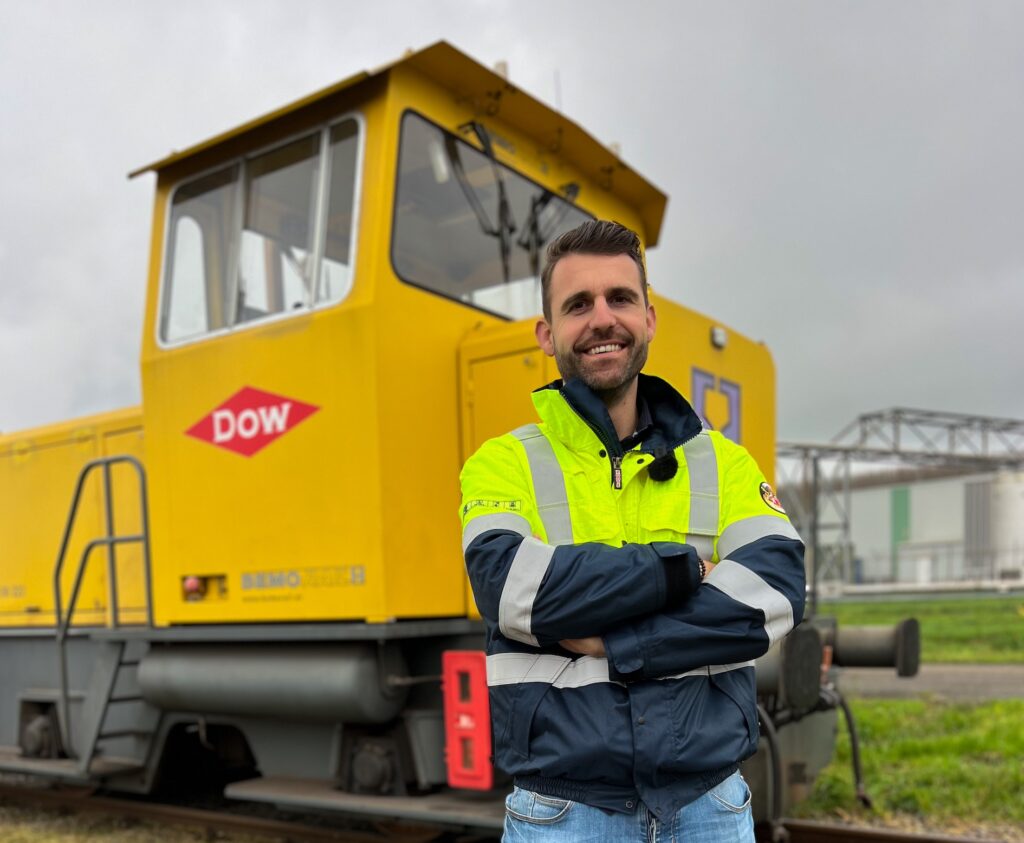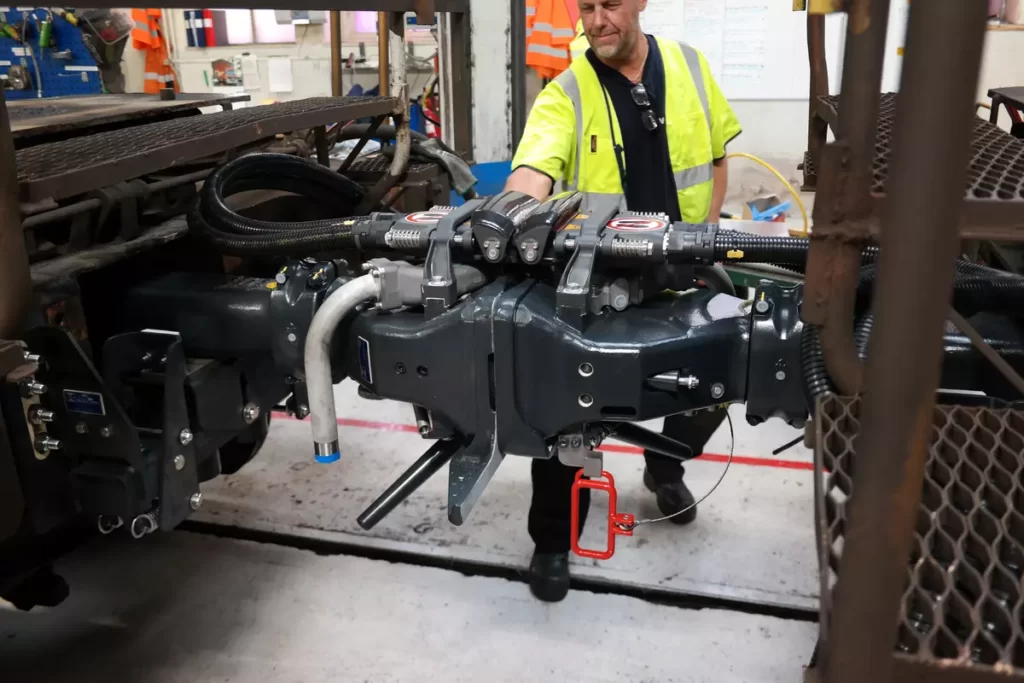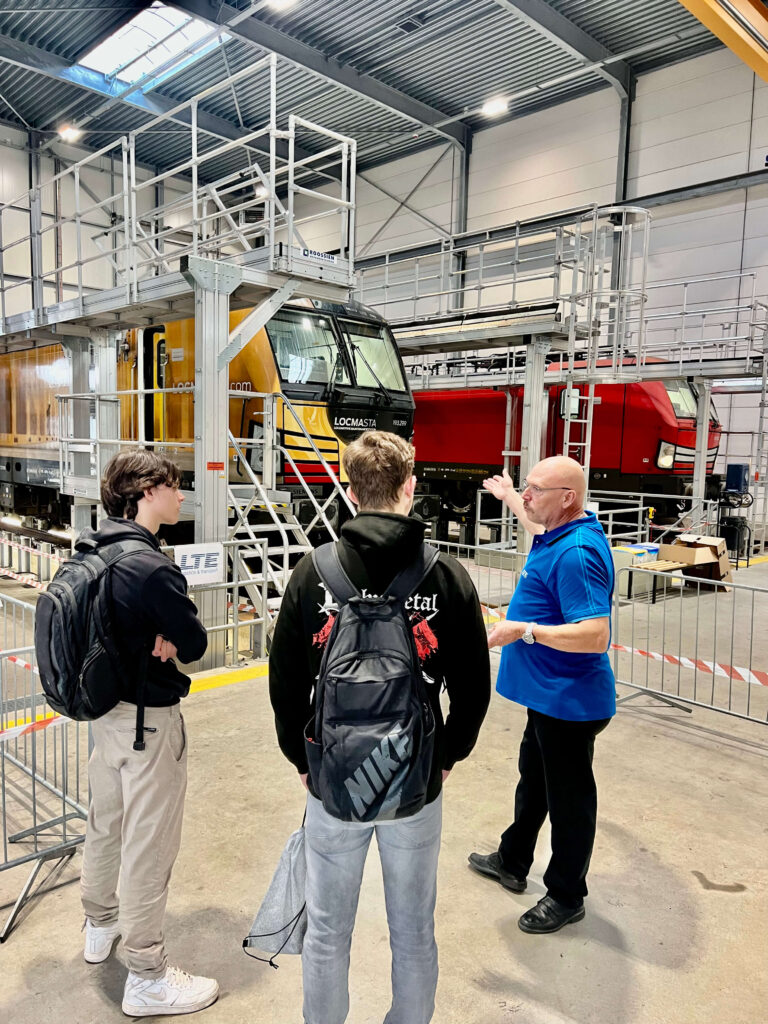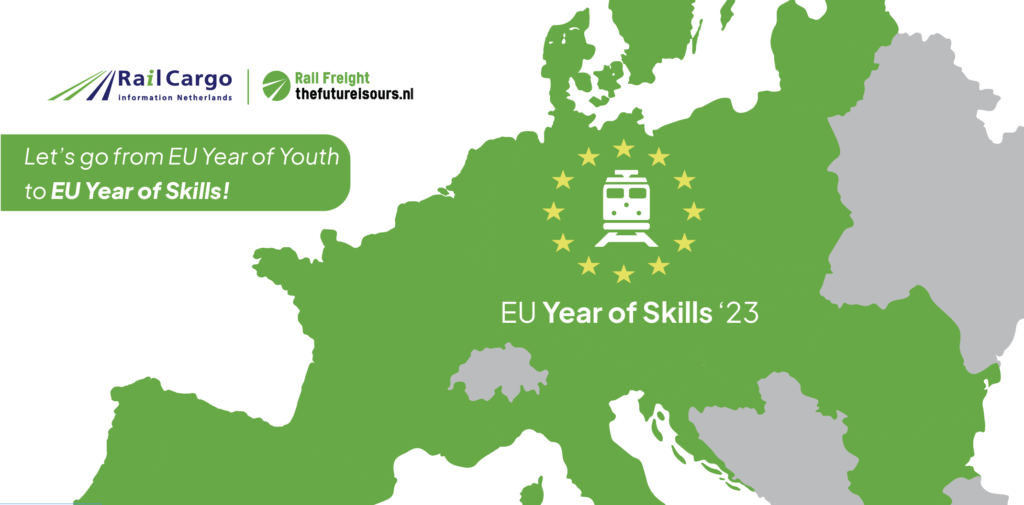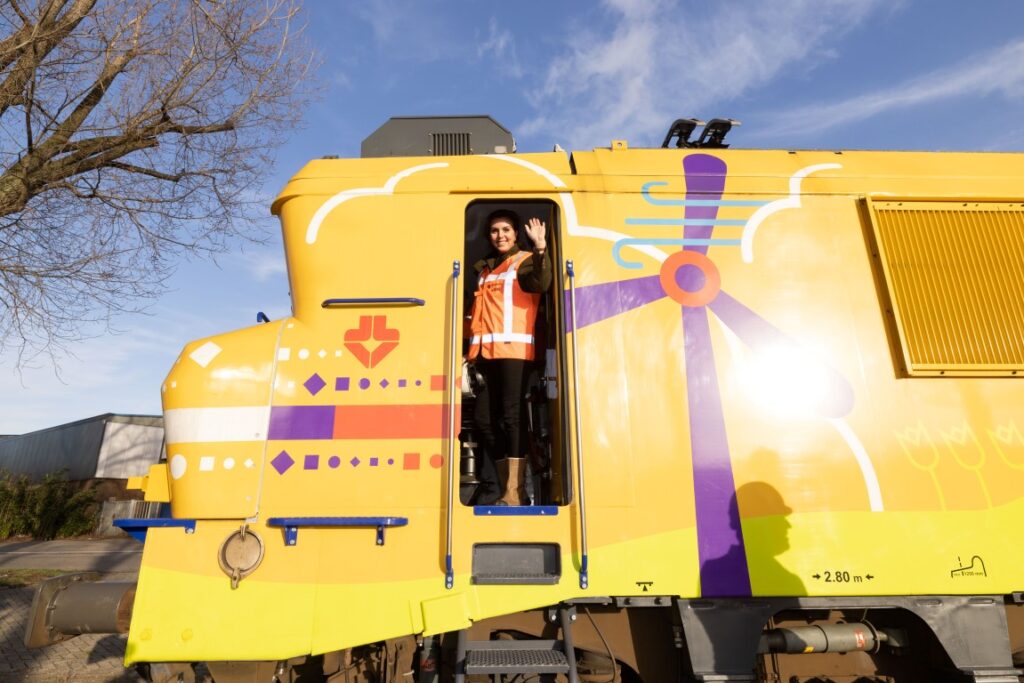More transport by rail is a must. Otherwise, we will not achieve our climate targets. Yet some companies seem reluctant to switch from road to intermodal transport. A misjudgment as there are only advantages. In this series, we talk to shippers who have already made the step.
Text: Marco Barneveld
With all eyes on the world focused on the COP26 in Glasgow, one thing is clear: rail freight transport is the way to achieve climate gains and the climate targets set. In fact, more transport by rail is required if we want to achieve the climate objectives. After all, transport is responsible for 25% of CO2 emissions. Rail is only responsible for 0.4%.
Fortunately, many leading companies have already made the switch from road to intermodal transport.
“As a company, you can’t sit back anymore”
Company? Ricoh Europe SCM
Produces? Copiers, printers, and other IT solutions for the business market.
Who? Martijn Spee, Manager Transport
Why intermodal?
“In the first place for the environment, of course. At Ricoh, we aim to be climate neutral by 2050 and reduce CO2 emissions from all transport by 30% by 2030. We have several initiatives to achieve this. A modal shift for more sustainable transport is at the top of the list. We see where it can be done and do it. And if we can’t, we don’t just resign ourselves to it.”
How do you calculate your CO2 gain?
“To help us calculate what we save in CO2 when transporting with a certain modality, we use BigMile. BigMile makes it possible, among other things, to look at the CO2 emissions per shipment. It tells you exactly what your climate profit is when you take a load off the road and put it on a train. So you know where improvements can be found. This is highly recommended for logistics managers who want to have better data at hand and make more accurate analyses. For example, we know that between 2015 and 2020, we will emit 16% less with our transport, partly thanks to intermodal transportation. We have set up train connections to Italy, Sweden, and the Czech Republic. We are working non-stop to reduce our footprint. And working together pays off in this chain.”
What exactly do you mean by that, by working together?
“Every container transported by train is an accumulation of volume. A few containers over a certain corridor does not say much. But when many smaller companies make that modal shift, you build up volume together, build up development together, and build up stable corridors together so that intermodal transport by rail and road becomes even more interesting compared to road transport. For example, that one container can ensure that a train leaves not four times but five times a week. And that, in turn, can be interesting for new customers to make the switch. We have to do this together. It’s a win-win-win situation.”

You started the first modal shift in 2008?
“That is correct. To Italy. That is a very stable corridor for us. It is somewhat susceptible to weather conditions, but that brings you straight to the railways’ biggest challenge: they are not super flexible. If there is an avalanche in the Alps, you can’t just turn the train around. At that point, you have to wait until the delay is resolved because there are no alternatives. That’s quite inconvenient sometimes. But the strange thing is that in some ways it is more flexible than road transport. For example, you can leave a load at a terminal for a few days if your warehouse is full. That is not possible with trucks. Besides, the railways have more capacity at the moment; there is a shortage of truck drivers. Road transport is creaking on all sides. There are more and more delays. Now is the time to start thinking about intermodality.”
How much do you transport by rail each year?
“We do about twenty containers a week. About a thousand a year within Europe. This accounts for approximately 15% of our total volume, while that 15% only accounts for 1.3% of our CO2 emissions. Rail is simply so much more sustainable.”
Can that percentage still be increased?
“Yes. We are following the developments that are possible for intermodal transport to Russia. There is probably still potential there. We also do a lot of volume to northern France and Germany, but it doesn’t make sense (yet) to do those loads by rail.”
Why not?
“In the North of France, for example, there is no real infrastructure. There is rail but no terminals. The distance is too short to make the necessary investments profitable. Most transporters and shippers are not yet ready to pay a lot more and invest in more sustainable transport. Although there does seem to be a turnaround.”
How do you notice that?
“Large customers are also starting to ask us: what are we doing about sustainable transport in the context of their sustainability objectives? We then enter into a dialogue. We can deliver more sustainably, but it takes a bit longer, or it is a bit more expensive. Companies now understand that. That is also my tip for companies thinking about a modal shift but are hesitant because it will involve changes: enter into a dialogue with your customer. Explain what you want to do, why, and what it will bring. Customers also want to contribute to a better world. As a company, you can no longer sit back these days.”
Poll
Poll 2: are being overtaken by other modalities
Stay informed?
Subscribe to the newsletter
Contact us
Do you have questions about the initiative Rail Freight, The Future is Ours? Would you like to become an ambassador? Or are you considering transporting goods by rail? Then please contact us. Leave a message with your details and we will contact you within 2 working days.



